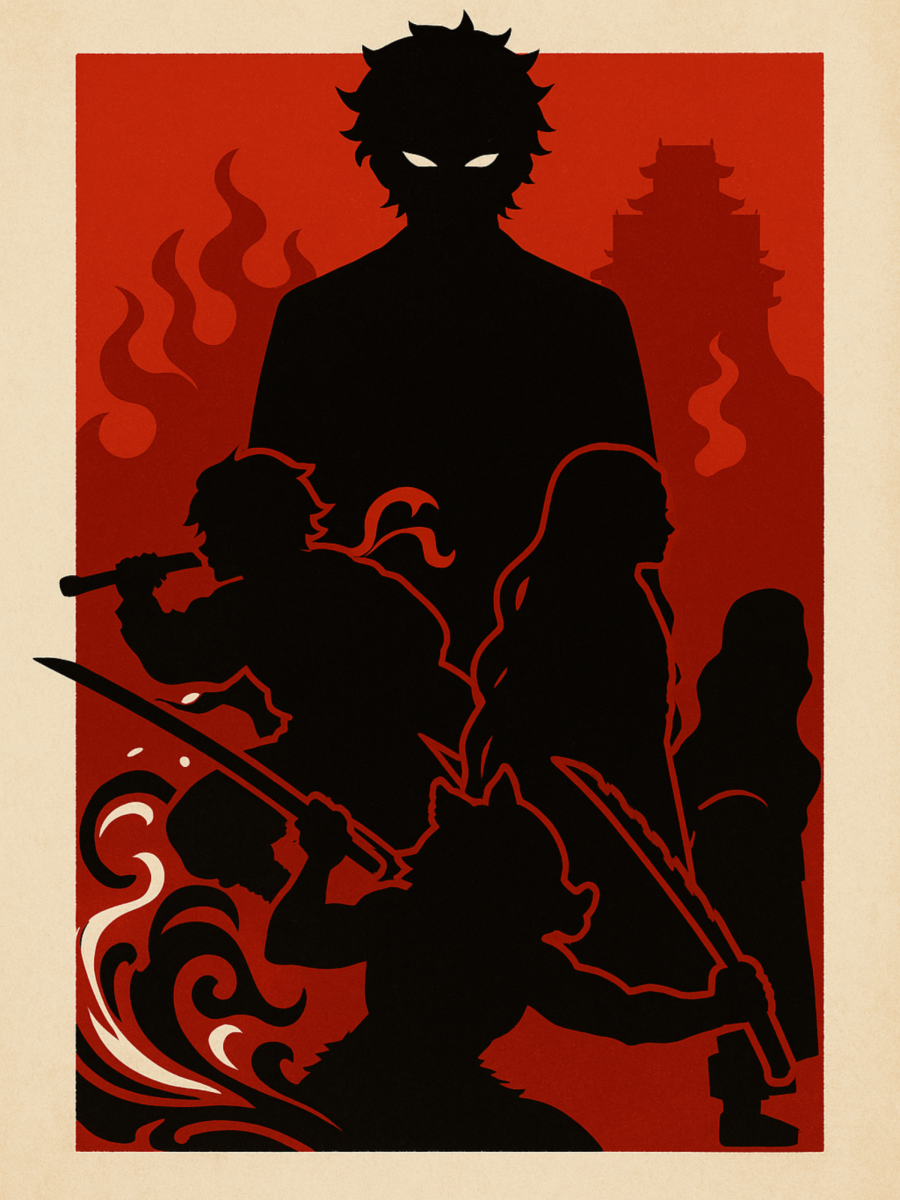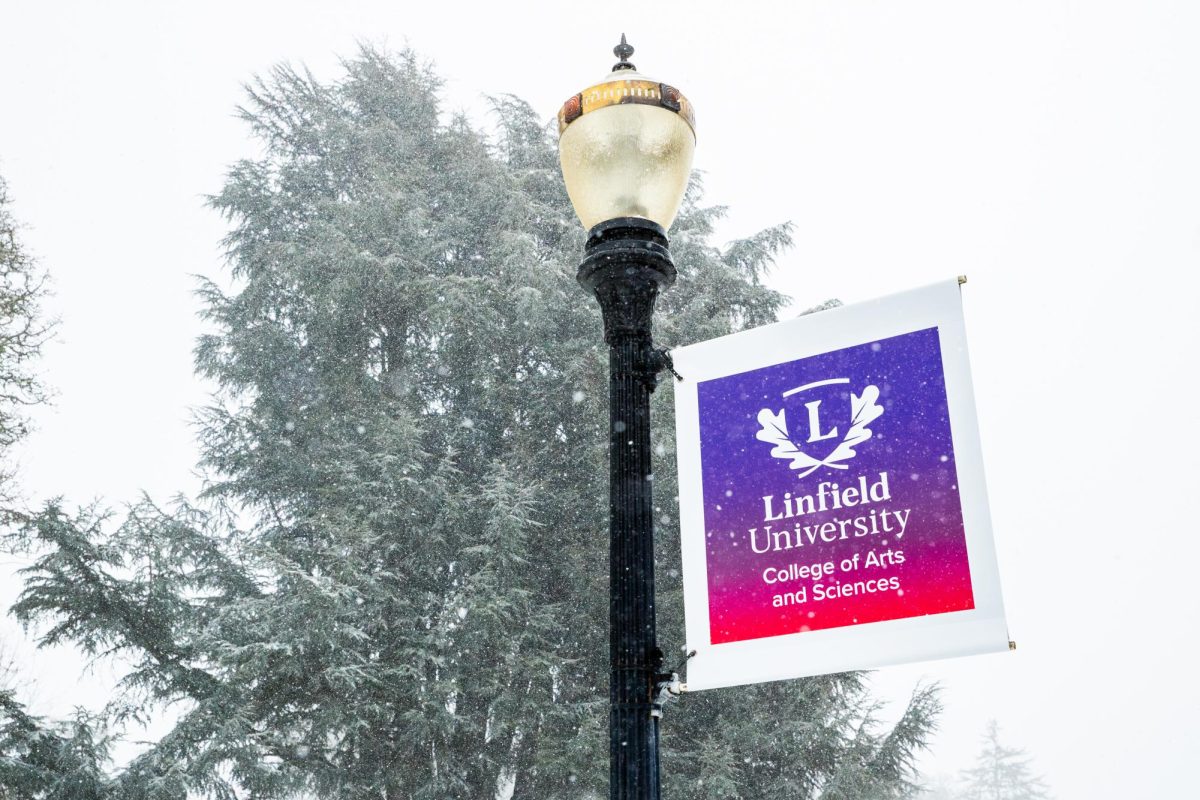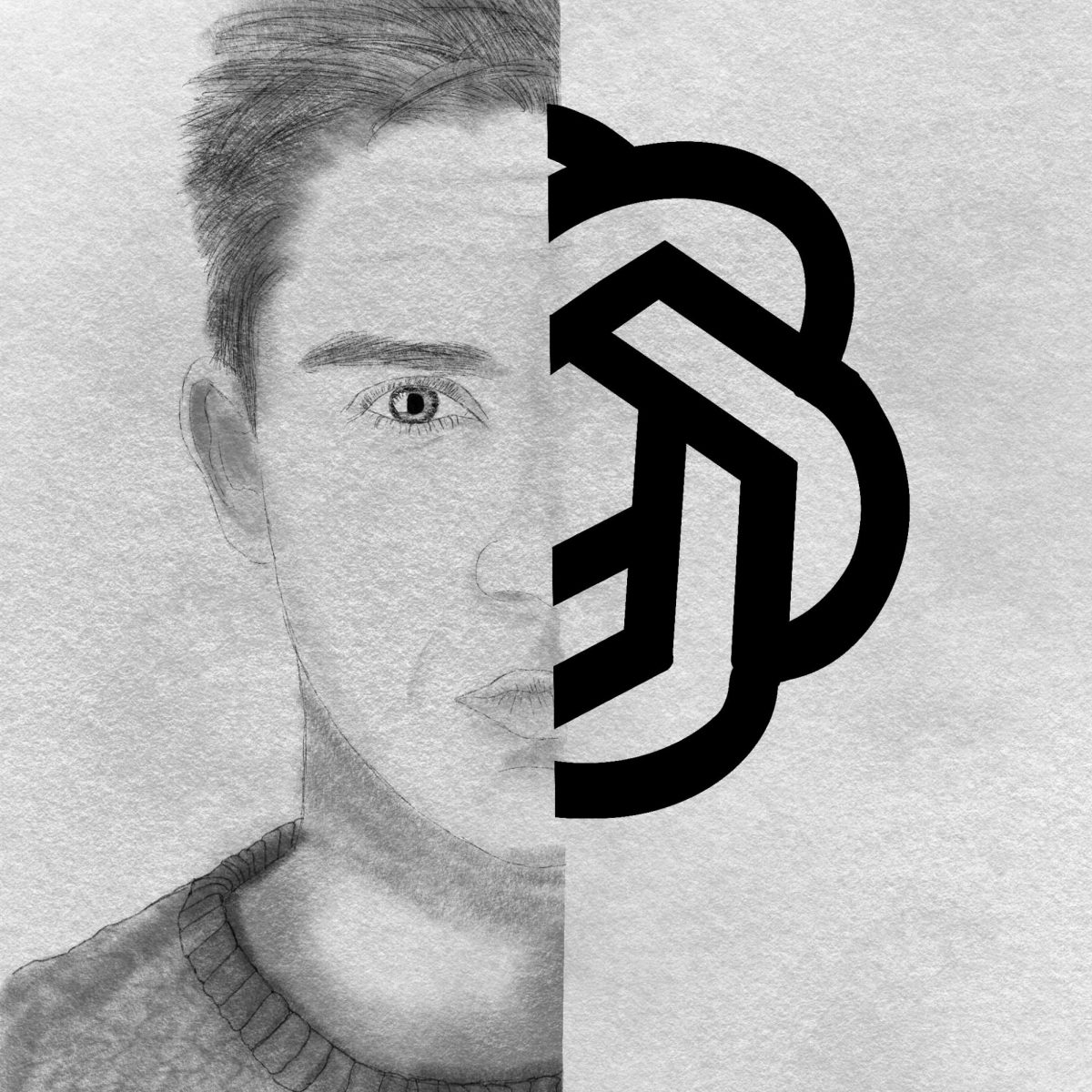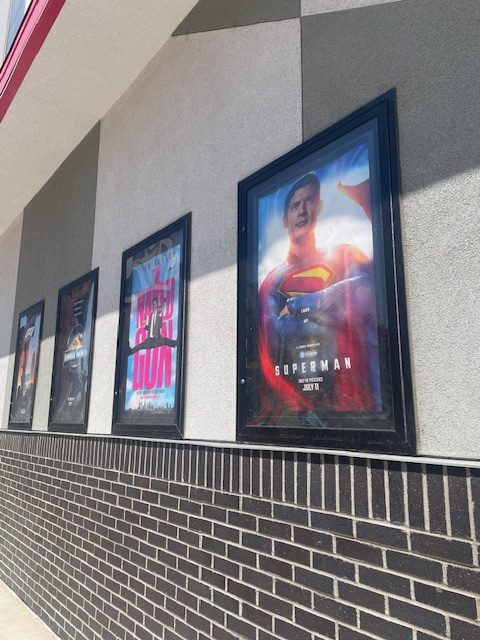J.D. Salinger’s 1951 novel, “The Catcher in the Rye,” gives the angst-ridden teenagers of this world a worthy champion: Holden Caulfield.
Set in the ‘50s, “The Catcher in the Rye” describes the misadventures of sixteen-year-old Holden Caulfield before he is hospitalized after a mental breakdown.
After flunking out of a reputable preparatory school, Holden flees to his hometown of New York City on a midnight train. While in the city, he takes refuge in a seedy hotel that Holden describes as being “lousy with perverts,” which, unknown to Holden, ends up being the best decision that he makes throughout the novel. From there, he finds himself searching for something, or someone, to fill the emptiness that resonates within him
Holden Caulfield shares several qualities with typical teenagers, regardless of the era. That is, he hates himself but still thinks he is better than everyone else. He often finds himself in states of unwavering depression that no amount of cigarettes or conversations with prostitutes can cure.
Holden can be described as many things, few of which are positive, but the simplest description of his character would have to be: lovable douchebag. Holden is crass, judgmental, sexually frustrated, a compulsive liar and teeming with teenage angst. But who isn’t at that age?
It’s these characteristics that make “The Catcher in the Rye” classically popular with teenaged readers.
Like any novel, “The Catcher in the Rye” has its share of both positive and negative criticism. For instance, Adam Gopnik of the The New Yorker said, “No book has ever captured a city better than ‘Catcher in the Rye’ captured New York in the ‘50s.”
In contrast, BBC’s Finlo Rohrer, whom Holden would undoubtedly shrug off as a phony, said that Holden was a “self-obsessed central character” with “too much whining.”
Salinger’s novel has faced a bit of controversy in its near 62 years since publication, because for some reason or another, fanatics of the novel think it’s a grand idea to murder people. Some of the shootings associated with the novel include John Lennon’s 1980 murder, in which the shooter was arrested with the novel on his person, and the 1981 attempted assassination on then-president Ronald Reagan.
So, if you already have some homicidal tendencies, “The Catcher in the Rye” may not be the best literary choice for you.
But if you’re a moderately sane person with limited access to firearms, why not head down to Linfield’s Nicholson Library and borrow this charming (and strangely influential) novel?
Paige Jurgensen/For the Review
Paige Jurgensen can be reached at [email protected]






